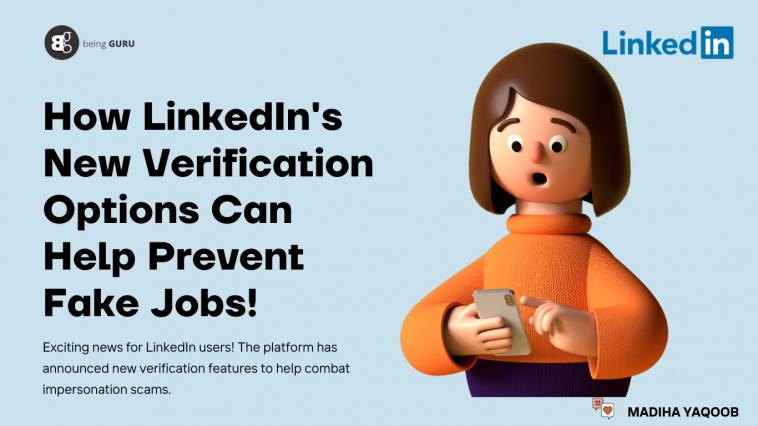LinkedIn, the professional social media platform, has recently announced new verification features to help users authenticate their identities and job histories. These features enable users to verify their identity and current jobs in multiple ways, which will allow for clear differences between the verified profile and a potential copycat account.
LinkedIn provides three free options for users to verify their identity and employment. One option is verifying the user’s current employer through a security code sent to their work email. Another is through the airport security service Clear, which uses the user’s government-issued ID and phone number to verify their name. The third option is to confirm the user’s name and current employer through Microsoft Entra Verified ID, a workplace identification platform.
Whenever users have added any of these confirmations to their LinkedIn account, a Check field will appear on their profile with details. By implementing these verification features, LinkedIn aims to provide users with the confidence that the people they are connecting with and the content they come across are authentic and trusted.
The rollout of these verification features is starting in the US, and LinkedIn users worldwide may not have access to them immediately. However, the company plans to expand the availability and ways for users to participate over time.
While job verification won’t entirely prevent attackers from generating fake personas and companies, it will make it more challenging for bad actors to impersonate legitimate accounts and build compelling fake personas. LinkedIn’s move towards providing options for information verification is particularly urgent, as the professional social network retains a particular air of legitimacy and the sense that a professional social network is benign and mundane.
Robust verification techniques, according to researchers who study cybercrime, can lessen the frequency of online fraud or, at the very least, make it harder for attackers to succeed. By providing options for information verification, LinkedIn hopes to boost authenticity and reduce fraudulent activities on its platform.




